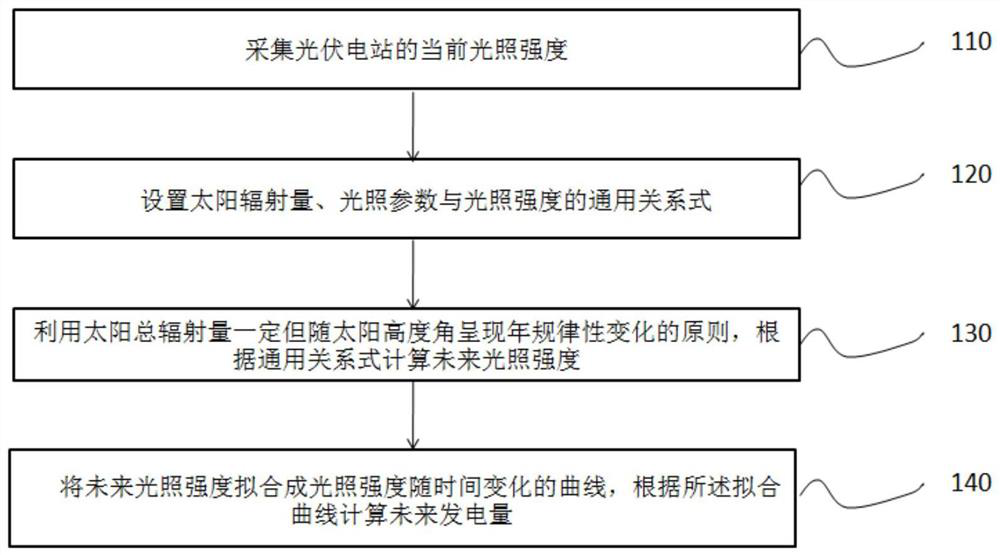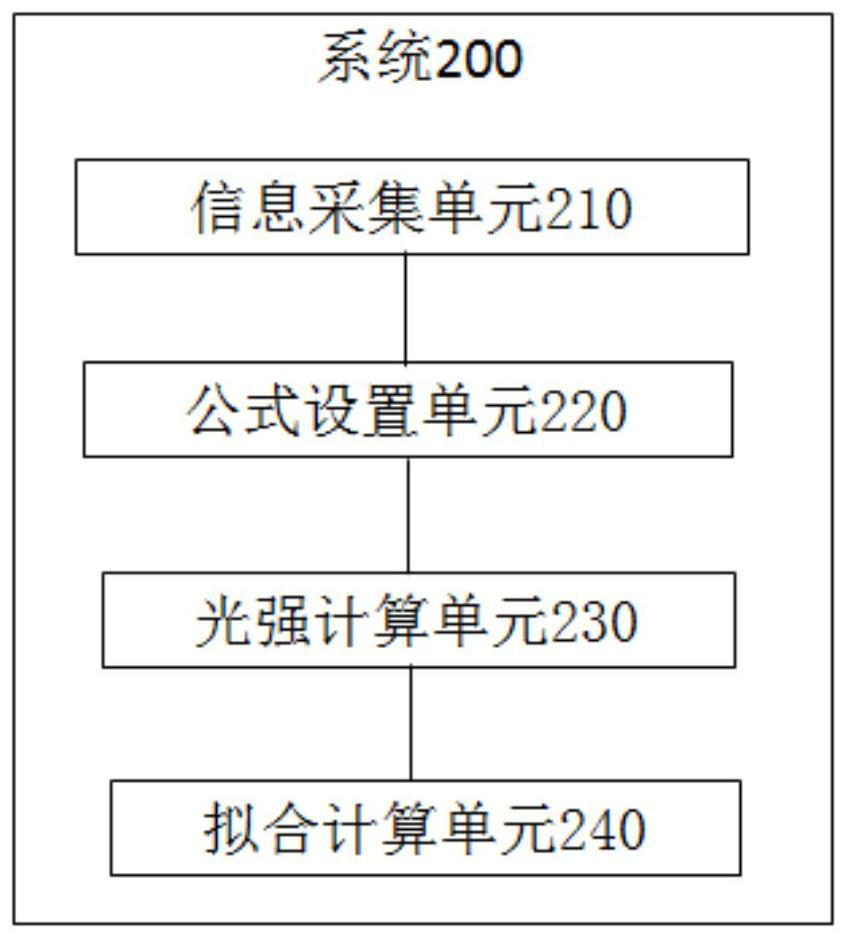Method and system for predicting generating capacity of photovoltaic power station
A photovoltaic power station and power generation technology, which is used in forecasting, information technology support systems, instruments, etc., can solve problems such as large errors, troublesome calculations, and poor stability, and achieve the effect of simple structure, reliable design principle, and guaranteed accuracy.
- Summary
- Abstract
- Description
- Claims
- Application Information
AI Technical Summary
Benefits of technology
Problems solved by technology
Method used
Image
Examples
Embodiment Construction
[0052] In order to enable those skilled in the art to better understand the technical solutions in the present invention, the technical solutions in the embodiments of the present invention will be clearly and completely described below in conjunction with the drawings in the embodiments of the present invention. Obviously, the described The embodiments are only some of the embodiments of the present invention, not all of them. Based on the embodiments of the present invention, all other embodiments obtained by persons of ordinary skill in the art without making creative efforts shall fall within the protection scope of the present invention.
[0053] figure 1 is a schematic flowchart of a method in one embodiment of the present invention. in, figure 1 The executive body can be a system for predicting the power generation of photovoltaic power plants.
[0054] Such as figure 1 As shown, the method includes:
[0055] Step 110, collecting the current light intensity of the ...
PUM
 Login to View More
Login to View More Abstract
Description
Claims
Application Information
 Login to View More
Login to View More - R&D
- Intellectual Property
- Life Sciences
- Materials
- Tech Scout
- Unparalleled Data Quality
- Higher Quality Content
- 60% Fewer Hallucinations
Browse by: Latest US Patents, China's latest patents, Technical Efficacy Thesaurus, Application Domain, Technology Topic, Popular Technical Reports.
© 2025 PatSnap. All rights reserved.Legal|Privacy policy|Modern Slavery Act Transparency Statement|Sitemap|About US| Contact US: help@patsnap.com


